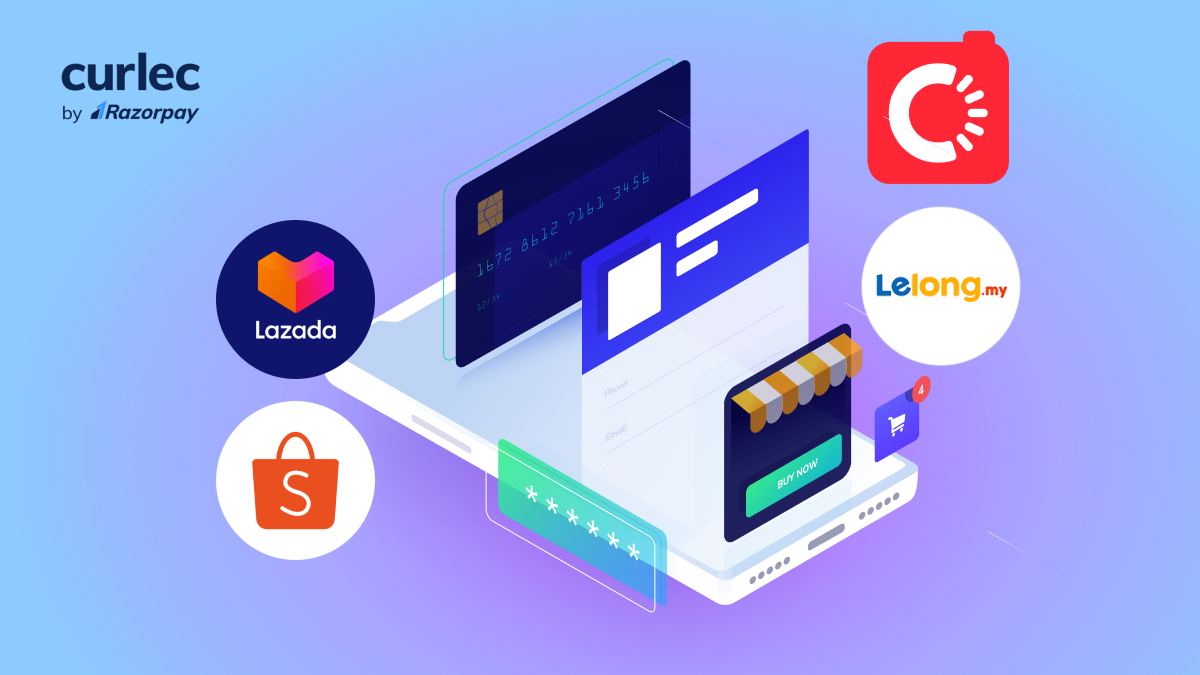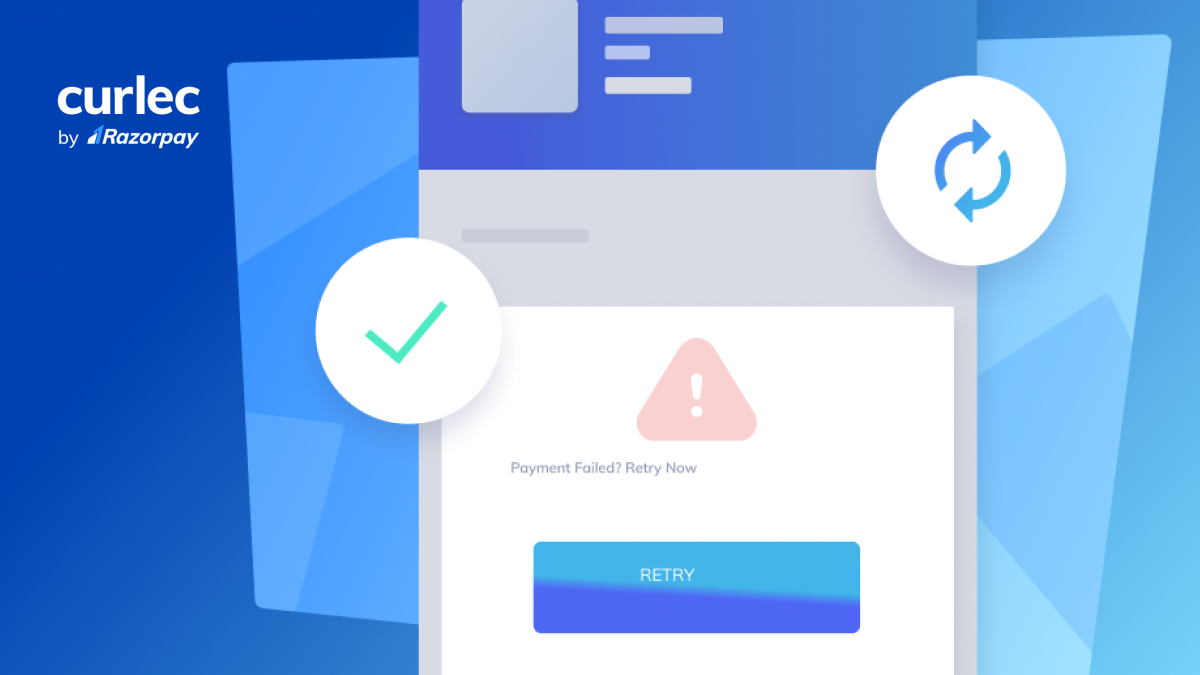Five years ago, did you ever think that payment gateways would become such an integral part of daily life? Fast forward to today and chances are, you’ll encounter one whenever you make an online purchase. Whether it’s buying groceries or the latest smartphone, have you ever wondered what exactly happens to your data security?
The crucial role PCI-DSS compliance
Let’s start with a crucial point: a payment gateway shouldn’t retain your data in its original form. And to know whether it can or not is through its PCI-DSS (Payment Card Industry Data Security Standard) compliance. The PCI Security Standards Council is a worldwide body responsible for establishing regulatory guidelines regarding the protection of cardholder data in all online payment systems. It has emerged as a global benchmark for online security and you’d be glad to know that the Curlec Payment Gateway adheres to that standard of data security.
Importance of https://
Data security begins the moment you visit a website. A payment gateway should employ the most secure SSL certificate – ensuring encryption for your data. It might sound technical, but in other words, you can check your browser’s address bar. If you see “https://” at the start of a URL, it means it’s secure.
Most e-commerce sites prioritise working with secure payment gateways to safeguard their customers’ data. One of them being Curlec, where the best encryption practices with the highest assurance through SSL and EV SSL (Extended Validity SSL) certificates are used. But to delve deeper into how we enhance data security, let’s explore a concept called tokenization.
Preventing exposure of data with tokenization
When you key in your 16-digit card number into a payment gateway, it takes those digits and substitutes them with a single, unique token. This “token” is a distinct set of characters that replace your original card number – ensuring your payment is processed securely without revealing any sensitive information. These tokens are generated randomly, adding an extra layer of protection, making it improbable to reverse-engineer.
To sum it up, payment gateways now offer a high level of data security. You can confidently engage in digital transactions with a peace of mind, especially with Curlec. And as a bonus, you’d offer not just security but brand trust too through our customisations that allow you to change colours and add your logo on the checkout page.
However, for both customers and businesses, it’s still essential to remain vigilant and be cautious to avoid potential pitfalls. Your awareness and responsible online practices are key to maintaining a secure and enjoyable online payment experience for all.












